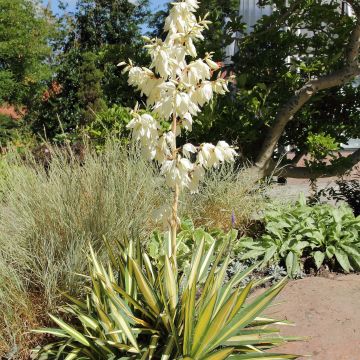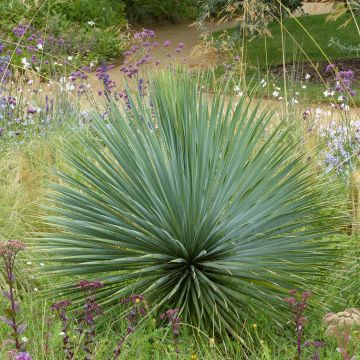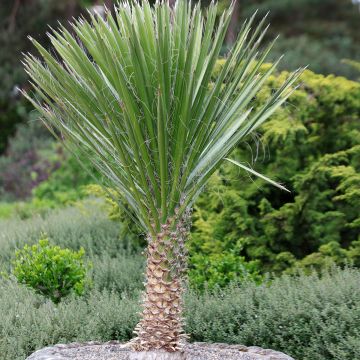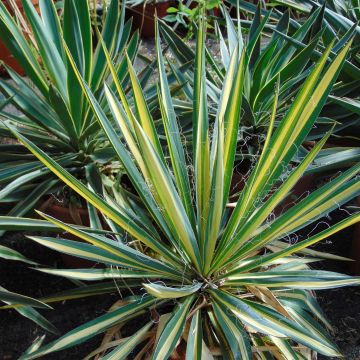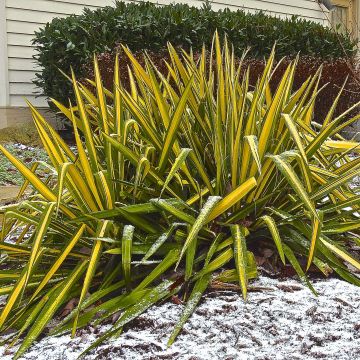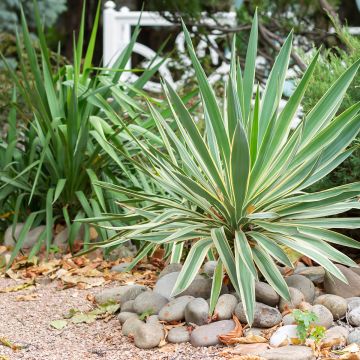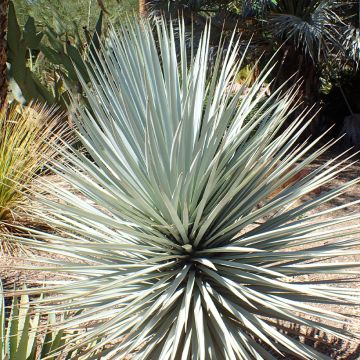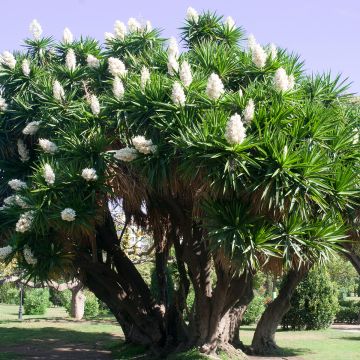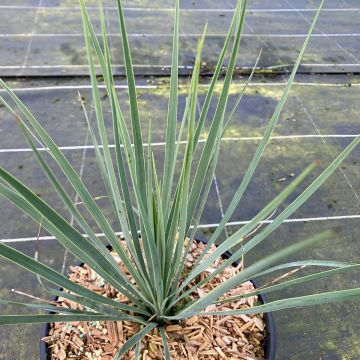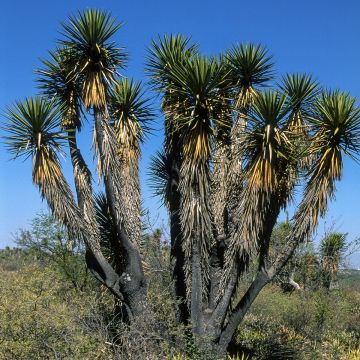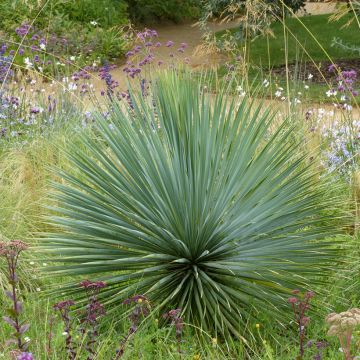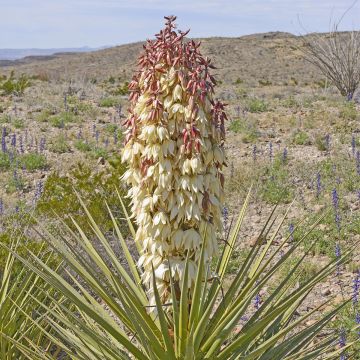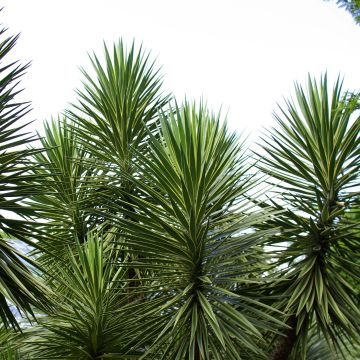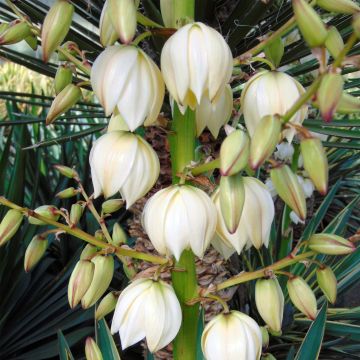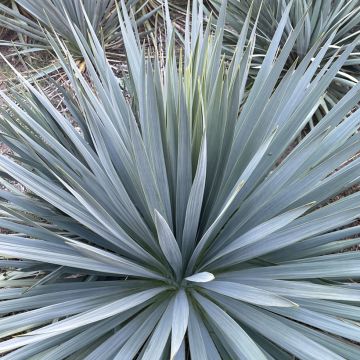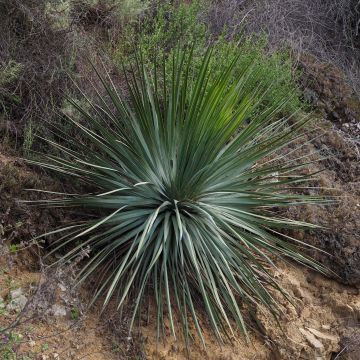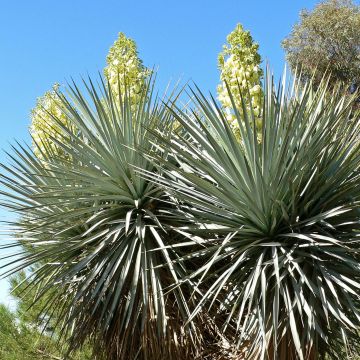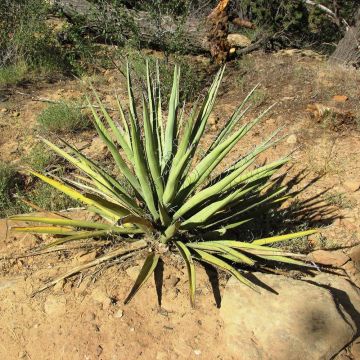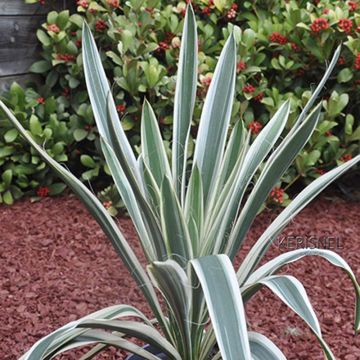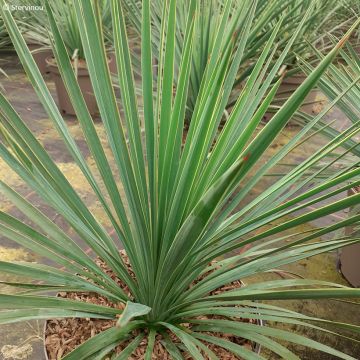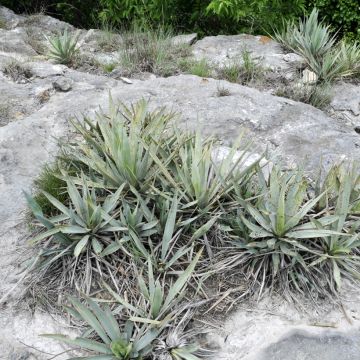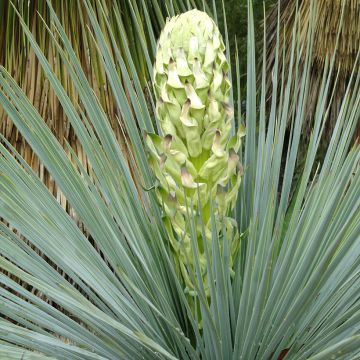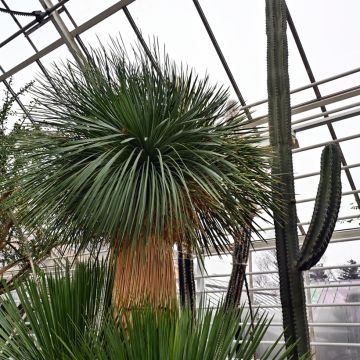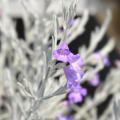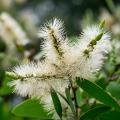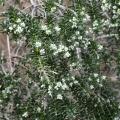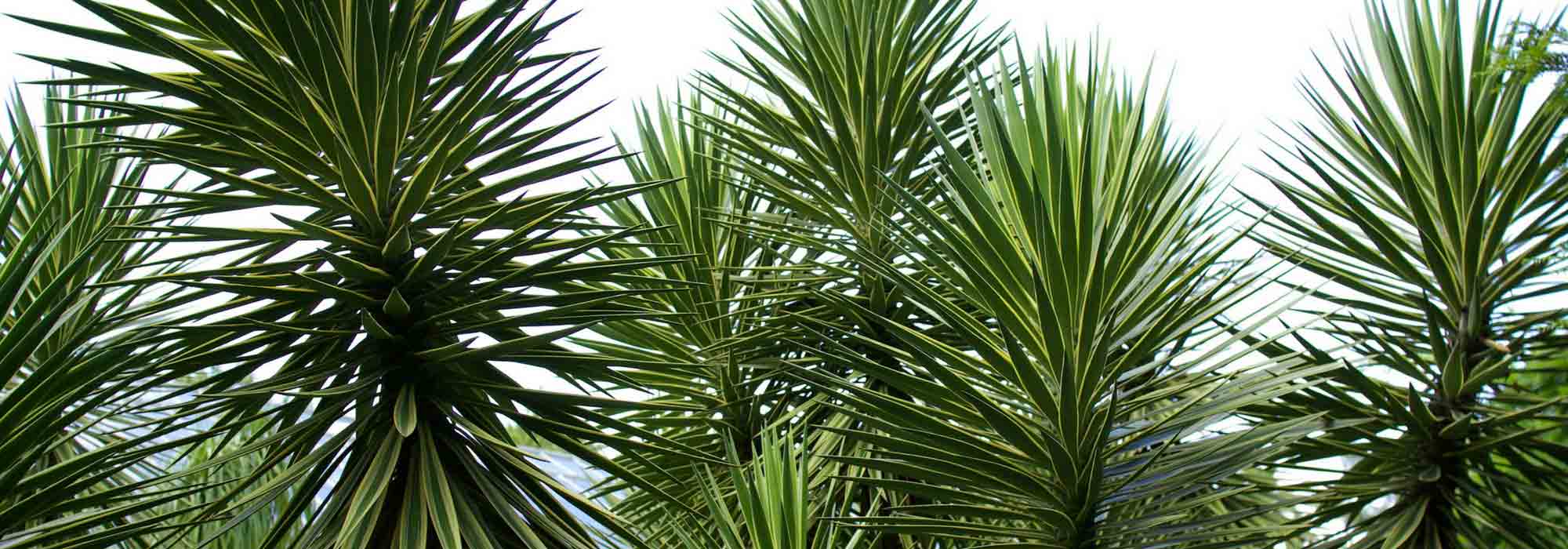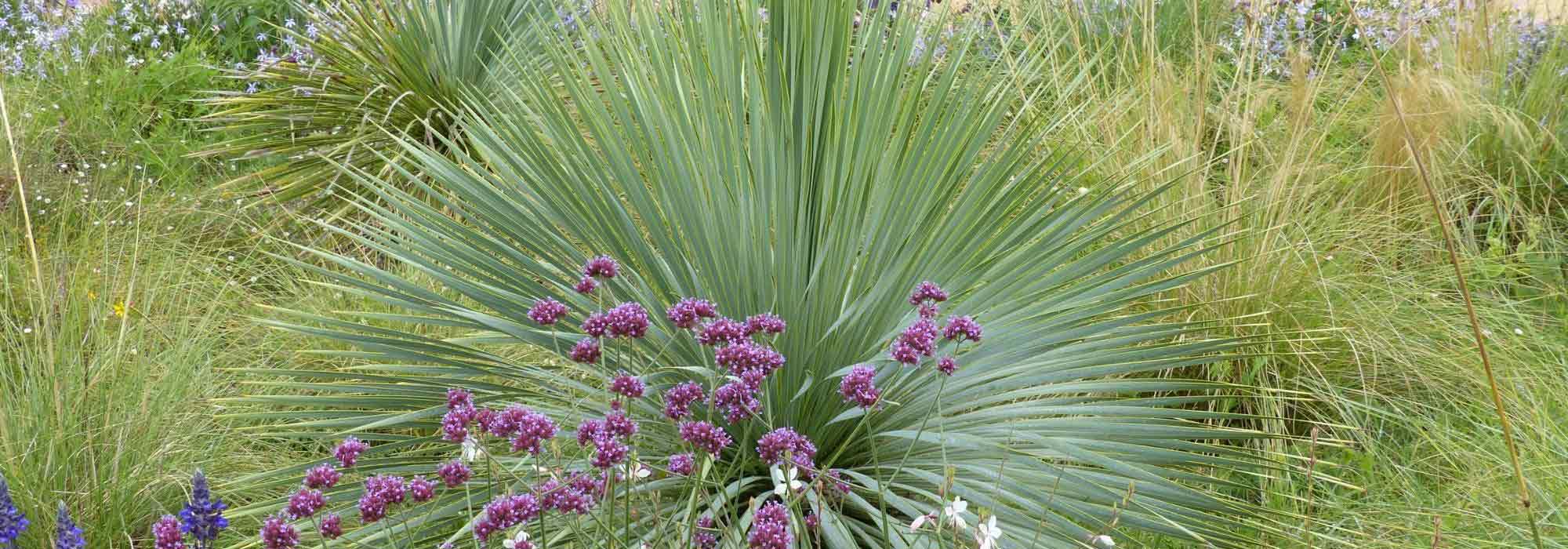Yucca
Would this plant suit my garden? Set up your Plantfit profile →
Available in 2 sizes
Available in 3 sizes
Available in 4 sizes
Available in 1 sizes
Available in 1 sizes
Available in 1 sizes
Available in 2 sizes
Available in 1 sizes
Available in 1 sizes
Available in 1 sizes
Available in 1 sizes
Available in 1 sizes
Available in 1 sizes
Available in 1 sizes
Available in 1 sizes
Available in 1 sizes
Available in 2 sizes
Available in 1 sizes
Available in 2 sizes
Available in 1 sizes
Available in 1 sizes
Available in 1 sizes
Available in 1 sizes
Available in 1 sizes
Available in 1 sizes
Available in 1 sizes
Belonging to the Agavaceae family, the Yucca genus includes around forty species of perennials, bushes, and small evergreen trees native to arid areas of North America. Yuccas are highly ornamental plants, recognizable by their stiff sword-shaped leaves, upright and densely clustered in rosettes. While they are appreciated for their exotic appearance and warrior-like silhouette that works wonders in minimalist and mineral landscapes, they are adored when they deliver their spectacular flowering in the form of a tall spike of bell-shaped white and waxy flowers. Among the most commonly planted species are the Yucca gloriosa, the Yucca filamentosa, and the Yucca rigida, which are a steel-blue color. The Yucca elephantipes, on the other hand, is a very beautiful indoor plant. Hardy or frost-tender depending on the species, all yuccas appreciate sun, hot and dry climates, and well-drained soil. Give them a prominent spot in a dry garden or at the center of a large rock garden, they are sure to draw attention.
Haven't found what you were looking for?





































